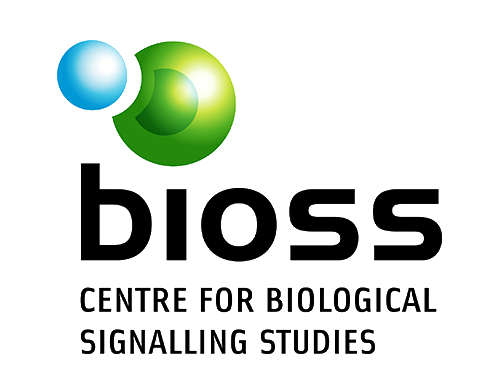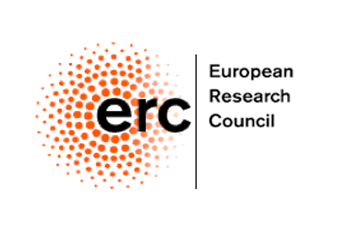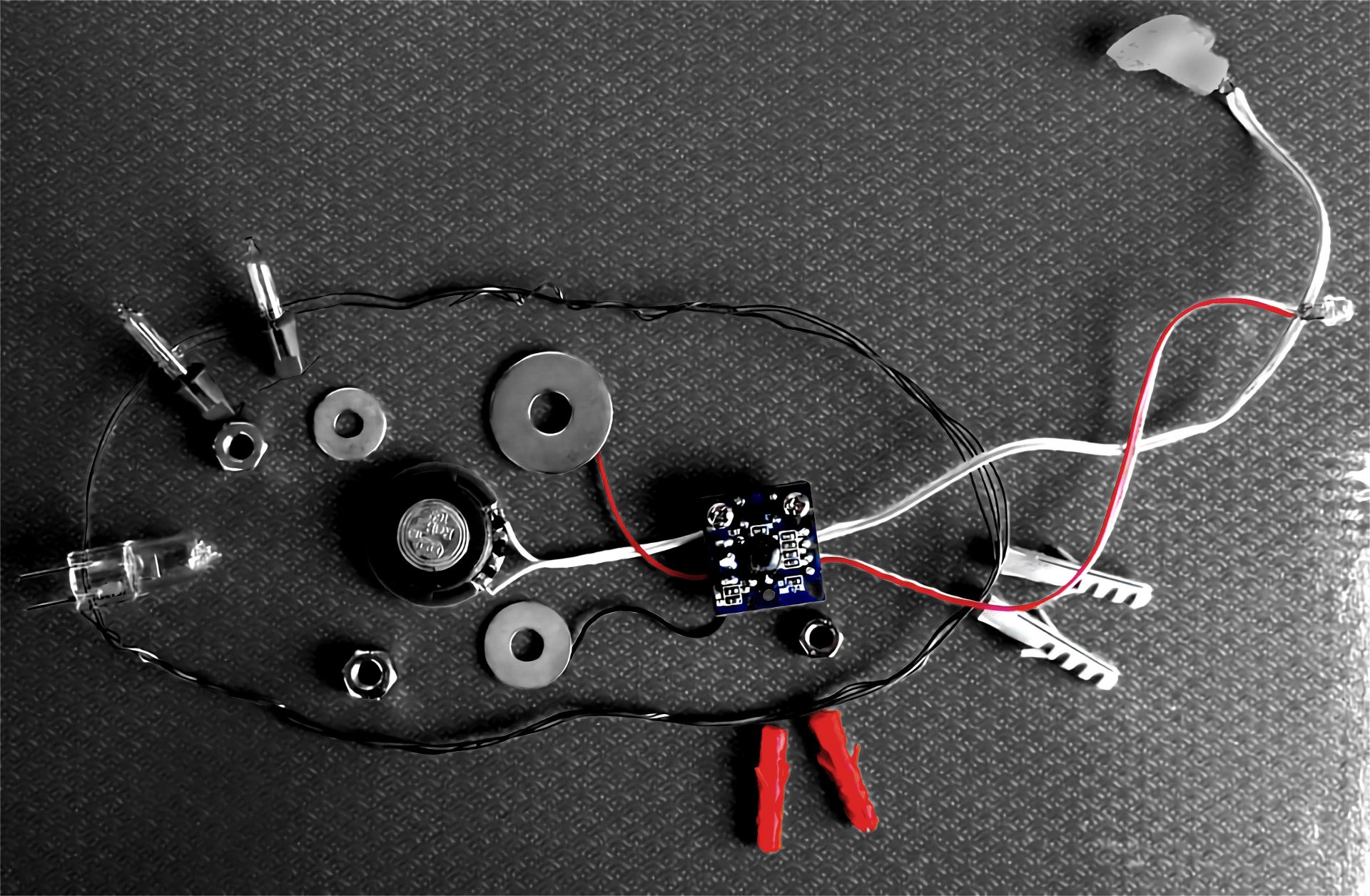“It is only by means of the sciences of life that the quality of life can be radically changed. The sciences of matter can be applied in such a way that they will destroy life or make the living of it impossibly complex and uncomfortable; but, unless used as instruments by the biologists and psychologists, they can do nothing to modify the natural forms and expression of life itself.”
‒ Aldous Huxley in Brave New World
Biological systems are highly dynamic. At the intracellular level, for instance, proteins undergo temporal changes in abundance, post-translational modification state and/or localization either in response to external stimuli or under homeostatic conditions. The Min system of the bacterium Escherichia coli is an extremely fascinating example of how dynamically localized proteins are used by cells to perform important cellular functions.
On the one hand we study the natural E. coli Min system to understand the molecular mechanism by which it coordinates cell division and chromosome segregation. On the other hand, since we are synthetic biologists, we engineer novel versions of the Min system to determine the minimal number of components and the topology of the network needed for its functions.
We are generally interested in exploiting the synthetic biology approach to understand the importance of protein dynamics for biological processes across cell types. In particular we develop ways to directly control protein dynamics using light as external trigger, because light is easy to apply with high spatiotemporal precision and – when used at the proper intensities! – is non-invasive to the cells. This type of approach is called optogenetics: natural photosensors are taken away from their natural context and engineered as fusions to target proteins to control these latter ones inside living cells with light. Using optogenetics, we are particularly interested in understanding how mammalian transcription factors promote activation of different target genes depending on their dynamics.
To control protein function and localization we also employ inteins, which are self-cleaving proteins that allow performing many interesting post-translational modifications.
We also work on other synthetic biology projects not directly related to protein dynamics.
Find out more:
 |  |  |  |
| Optogenetics | Min System | Non-Ribosomal Peptide Synthetases | Inteins |
| Our group is proud member of: | Our research is funded by: |
  |    |
